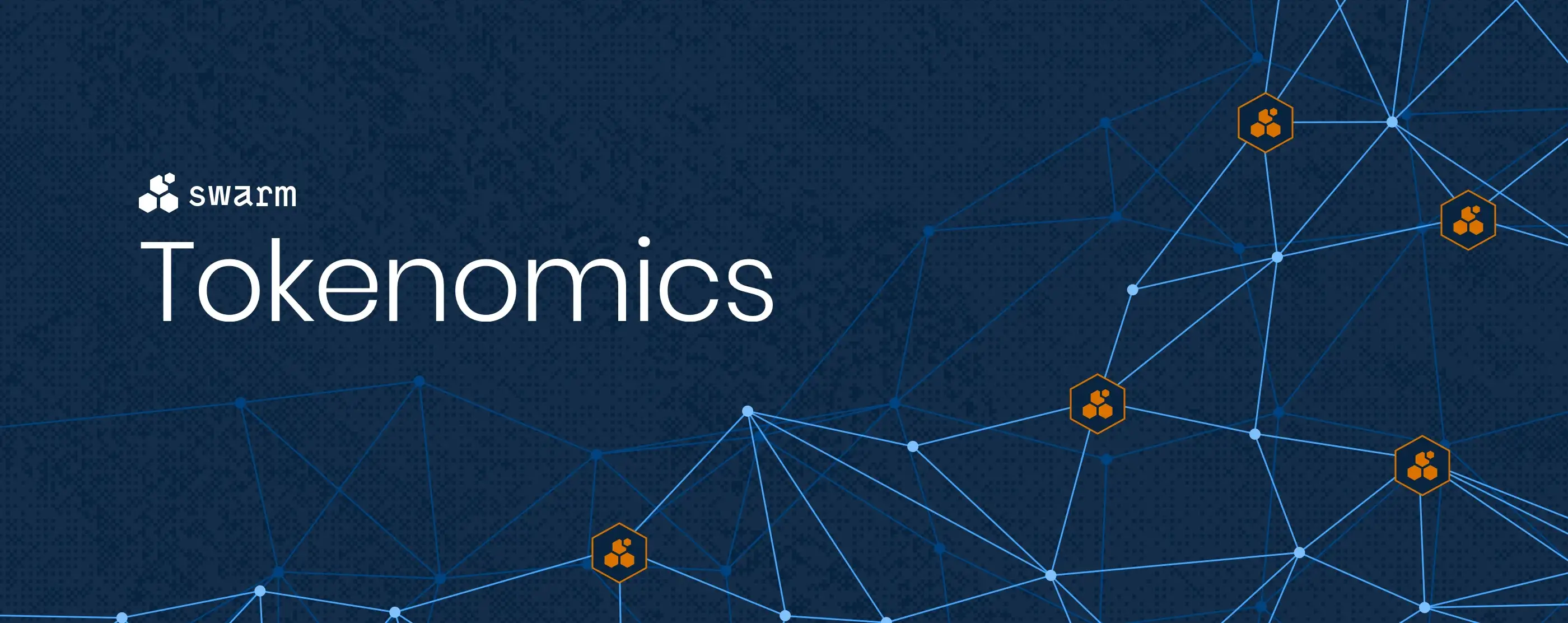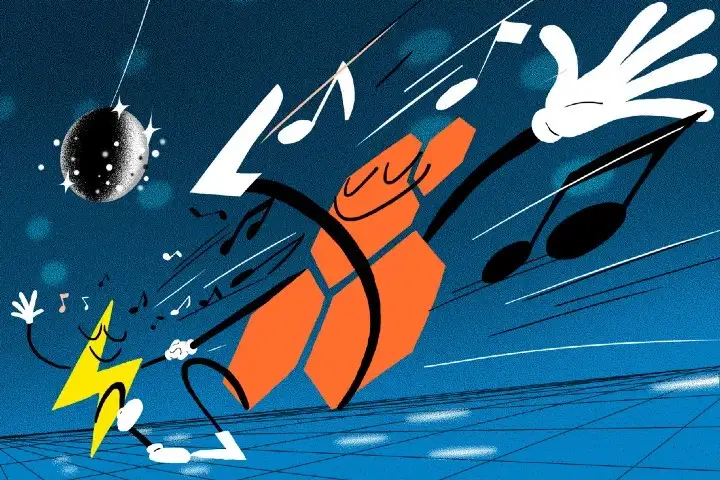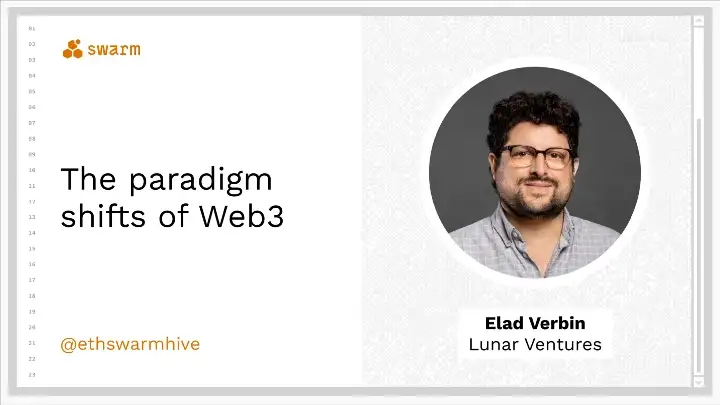In recent weeks, there has been continuous interest from the Swarm community in learning more about the project’s tokenomics. This blog is for all you BZZ holders, node operators, Swarm riders and anyone else who is interested in decentralised data ownership. The goal is to provide all the essential info on the topic of Swarm’s tokenomics.
Before we jump in, a short recap for the newcomers. Swarm is a decentralised storage and communications network for a digital sovereign society; a native base layer service of the Ethereum web3 stack. The Swarm foundation conducted a successful BZZ token sale in June 2021, accompanied by the mainnet release of Swarm 1.0__. These are two major milestones in the development of the Swarm network and its ecosystem, in which BZZ plays a major role.**
Use of the BZZ token
Firstly, what is BZZ? BZZ is the Swarm Network’s native token. Users of the network’s services (i.e. bandwidth and storage) use it to compensate the providers, or node operators, for those services.
The network is designed to incentivise constructive behaviour. Node operators that provide more bandwidth and storage while quickly delivering popular chunks (files uploaded to Swarm are divided into 4 KB chunks) will get more traffic and consequently more rewards. Therefore, operators compete in providing high-quality services, which then grows, secures and maintains the network.
Supply & bonding curve
The token supply is not fixed and can increase or decrease via the bonding curve. You can read about Swarm’s bonding curve in detail here. Put simply, if the supply goes up by one token, so does its price in the bonding curve contract, and vice versa. This makes BZZ neither inflationary nor deflationary in nature.

The bonding curve also makes it prohibitively expensive to buy or dump large amounts of tokens at once, protecting the utility of the token against speculative actions.
There is a programmed theoretical maximum token supply capped at 125 million. Theoretical because at 115.6 million tokens, each BZZ would be priced at over $57 million by the bonding curve. Which is highly unlkely.
The current supply stands at a little over 67.3 million BZZ (you can check the exact circulating supply here and the price here). Around 66.2 million tokens were minted and distributed during the token launch. The rest was minted afterwards through the bonding curve.

Initial token distribution by pools
The initial mints were delegated to various pools. Here is the breakdown of the token delegations:
- Token sale — 32.8 million BZZ (50%) reserved for private (BZZ 27.6 mio) and public (BZZ 5.17 mio) sales.
- Ecosystem — 15.98 million BZZ (24%):
1.) Infrastructure for layer 1 solutions 2.) Ecosystem — development, airdrops, grants 3.) Donations
- Team rewards — 12.5 million BZZ (19%) for present and future team members.
- Swarm Foundation — 4.9 million BZZ (7%) for protocol, network and business development, marketing and community support.
All tokens are transferable as of August 2nd 2021.

Ecosystem
Having a vibrant ecosystem on top of Swarm is key. The Swarm Network already has a budding ecosystem growing on top of it. From decentralised marketplaces, art, NFTs, archives, to data stores, music streaming and everything in between is sprouting on Swarm (you can check out the visionary projects here, here and here). The Swarm Foundation actively supports this growth through grants.
Today’s cloud is still based on the concept of standalone computers, where data is stored and managed centrally on servers of trusted institutions. With the introduction of the BZZ token, Swarm is providing a key component to drive the transformation of the cloud as we know it. By collaborating with the web3 community, Swarm aims to create an autonomous system for storing information, private and unstoppable, for a digital self-sovereign society.
Discussions about Swarm can be found on Reddit.
All tech support and other channels have moved to Discord!
Please feel free to reach out via info@ethswarm.org
Join the newsletter! .




